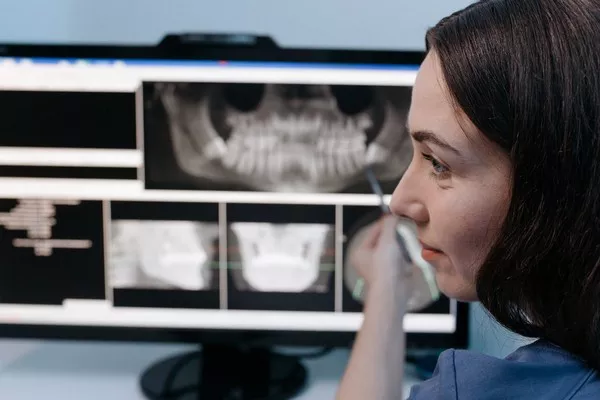After undergoing a deep teeth cleaning, also known as scaling and root planing, it’s essential to understand what to expect during the recovery period. This professional guide aims to provide you with a comprehensive overview of the post-deep cleaning phase, including common experiences, potential side effects, and tips for optimal oral care. By knowing what to expect, you can confidently navigate the healing process and maintain excellent oral hygiene.
Immediate Effects
Following a deep teeth cleaning procedure, it is common to experience some immediate effects:
a) Tender Gums: Your gums may feel tender and sensitive due to the removal of plaque and tartar from below the gumline. This tenderness should diminish within a few days.
b) Increased Sensitivity: You may notice temporary tooth sensitivity to hot or cold temperatures. This sensitivity typically subsides as your gums heal.
c) Smooth Teeth Surfaces: After scaling, the tooth surfaces will feel smoother. This is because the rough deposits of plaque and tartar have been removed.
Potential Side Effects
While most individuals experience minimal discomfort after a deep teeth cleaning, there are potential side effects that may arise:
a) Gum Swelling: Some degree of gum swelling is normal, especially if your gums were inflamed prior to the procedure. Swelling should gradually subside within a few days.
b) Bleeding Gums: Minor bleeding while brushing or flossing is common, as your gums may be more sensitive after the cleaning. However, excessive or prolonged bleeding should be reported to your dentist.
c) Jaw Discomfort: The muscles around your jaw joints may feel sore or fatigued due to the extended period of keeping your mouth open during the cleaning. This discomfort should resolve within a day or two.
Oral Care Guidelines
To optimize your recovery and maintain good oral health after a deep teeth cleaning, follow these oral care guidelines:
a) Gentle Brushing: Use a soft-bristled toothbrush and brush your teeth gently but thoroughly twice a day. Pay extra attention to the gumline and areas that were treated during the cleaning.
b) Proper Flossing: Floss daily to remove any remaining food particles and plaque between your teeth. Be gentle to avoid irritating sensitive gums, but ensure thorough cleaning.
c) Rinse with Saltwater: Rinse your mouth with warm saltwater multiple times a day to alleviate gum soreness and reduce inflammation. Dissolve half a teaspoon of salt in a cup of warm water for an effective rinse.
d) Avoid Hard or Spicy Foods: Stick to soft foods initially to avoid discomfort while chewing. Avoid spicy or acidic foods that may irritate your gums.
e) Use a Desensitizing Toothpaste: If you experience tooth sensitivity, consider using a desensitizing toothpaste recommended by your dentist to alleviate discomfort.
f) Attend Follow-Up Appointments: Schedule and attend any post-treatment follow-up appointments recommended by your dentist. These visits allow for monitoring of your healing progress and addressing any concerns.
Healing Timeline
The timeline for complete healing after a deep teeth cleaning can vary depending on individual factors and the severity of the gum disease. However, here is a general guideline:
a) First Week: During this period, you may experience some tenderness, swelling, and bleeding gums. These symptoms should gradually subside as your gums heal.
b) Two Weeks: By this time, most of the immediate side effects should have resolved. Your gums will continue to heal, and any residual tenderness or sensitivity should diminish further.
c) One Month: After a month, your gums should be significantly healthier and less prone to bleeding or sensitivity. Continued adherence to good oral hygiene practices will help maintain the progress made during the deep cleaning.
d) Ongoing Maintenance: Regular dental check-ups and cleanings every six months are vital for ongoing maintenance and prevention of gum disease recurrence.
Conclusion
Understanding what to expect after a deep teeth cleaning is crucial in ensuring a smooth recovery process. While tenderness, sensitivity, and minor side effects are common initially, these symptoms should gradually subside as your gums heal. By following proper oral care guidelines, attending follow-up appointments, and maintaining regular dental visits, you can protect your oral health and enjoy the benefits of a clean and healthy smile. Remember, open communication with your dentist is essential if you experience any persistent or concerning issues during your recovery.
Related Topics:
































